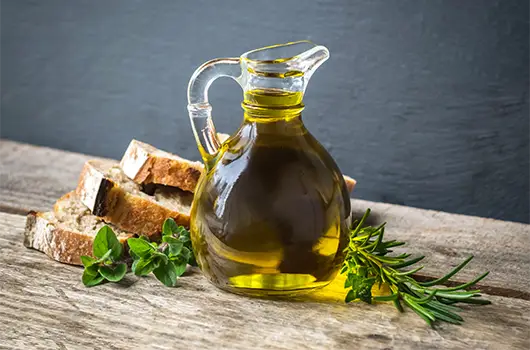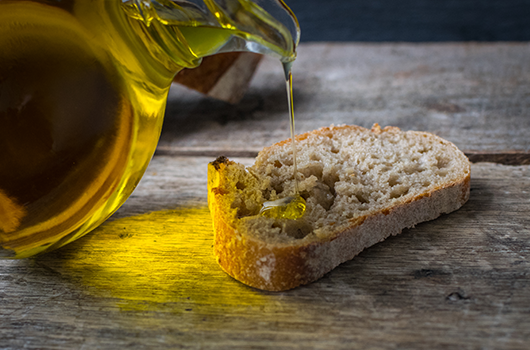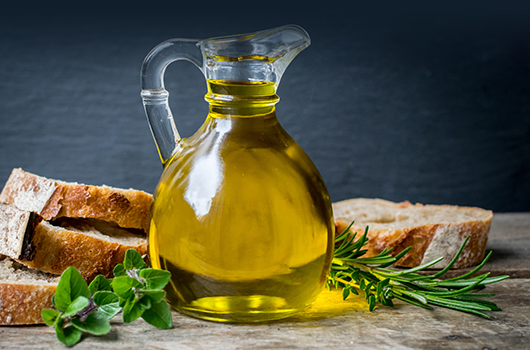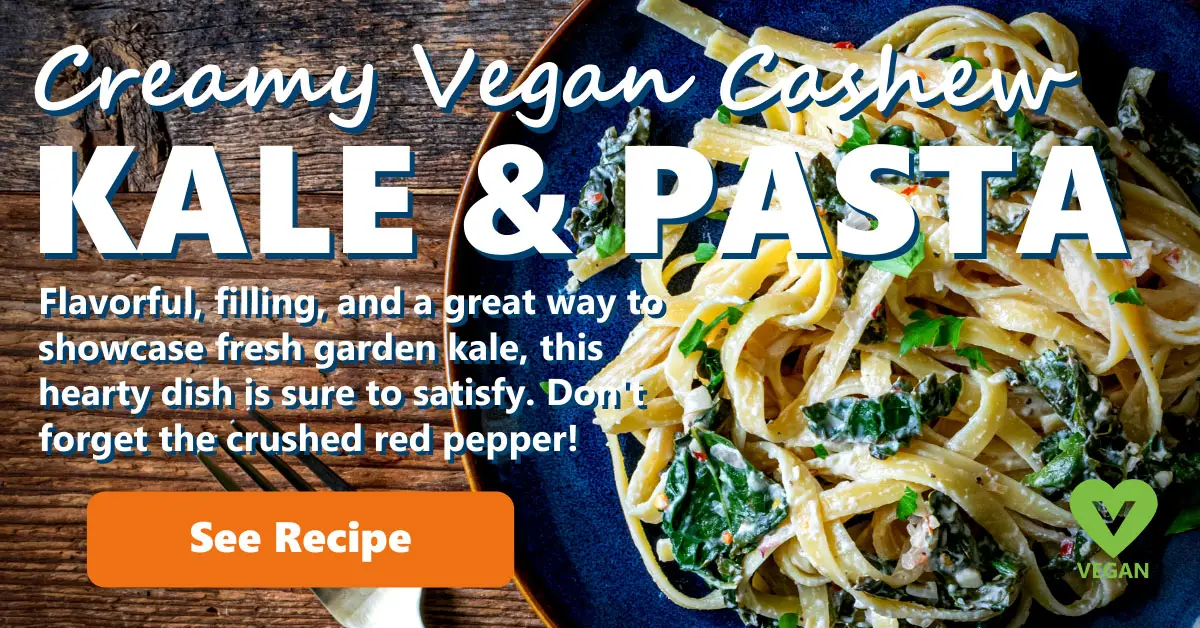Our Olive Oil Selection
LifeSource Natural Foods | Posted on |

This article about our olive oil selection was originally published in the year 2000 and written by Jeff Watson, LifeSource Manager
The cultivation of the olive tree, Olea europa, is a tradition as old as recorded history. Its fruit and oil are perhaps the oldest health foods known. Egyptians, Phoenicians and Greeks believed this tree brought peace, health, and prosperity to their civilizations. Today, this liquid gold of the Mediterranean is successfully produced with Old World techniques in moderate climates around the world.
The culture of olive trees requires the patience of generations. It takes 40 to 50 years before the typical oil bearing varietal reaches maturity–and the best yields are from trees over 250 years old! Most orchards operate on two-year cycles with a good crop followed by a medium or poor crop. This cycle influences annual prices and is one of the reasons quality can vary so much between harvests.
Many people question why LifeSource carries so many different varieties of olive oil. The answer is that not all oils are created equally. Like fine wines, great coffee blends, and quality teas, the flavors of the best olive oils reflect their origins, climate, soil, growing techniques and processing methods. Flavors can range from fruity to spicy to tart and even slightly bitter. Annual weather conditions can change the flavor of fruit from the same orchard year to year, as can pruning techniques and timing of harvest.

Fine olive oil is expensive not only because of late maturity and inconsistent crop bearing—sixty percent of the final product’s cost is the picking labor. Machine harvesting damages and stresses the fruit. Most of the best olives are grown on small family farms and are hand picked and processed using centuries-old methods.
Much of the olive oil in the U.S. is described as “pure.” Ironically, this means that the oil is extracted from a secondary pressing that employs chemical solvents, usually Hexane (which has been identified as a potential carcinogen by the U.S. EPA). These oils are sold as pure or lite and are of inferior quality to truly cold pressed, minimally processed olive oils. We don’t carry any oils that have used hexane as a processing aid and I research all the oils we carry to insure their quality. It’s important that the label indicates 100% extra virgin olive oil. If it’s not 100% you can find that the extra virgin is blended with a lower grade oil.

There are three levels of virgin olive oil, which are all obtained from the first pressing of the fruit. They primarily reflect differences in acidity. They are extra virgin, virgin, and current or semi fine -virgin. Virgin olive oil cannot be processed using any devices other than washing, decantation, centrifuging and filtration.
Scientific research confirms olive oil’s status as a health promoting oil. Derived from a fruit source, olive oil has no cholesterol. and very little saturated fat (which can increase serum cholesterol). Olive oil has a very high level of monounsaturated fat, and scientists now believe that replacing saturated fats with monounsaturated fats actually reduces cholesterol in the bloodstream. While we need to reduce the amount of fat in our diets, we also need to include the right kind of fat as well. Olive oil is one of the most healthful culinary oils available. It is high in omega 9 fatty acids.
The nice thing about omega 9 fatty acids is that they are more resistant to oxidation than other polyunsaturated oils like corn, soybean and flax. This makes olive oil less likely to go rancid, however, it should still be treated as a fresh food. Minimizing its exposure to heat and air maintains its nutritional and flavor characteristics. Buy a 2 to 3 month supply (or less) and refrigerate after opening. You can set it in warm water or out at room temperature to dissolve solids before use. I find that inconvenient, so I keep a small amount at room temperature making sure I use it up at least once a week. Keep some in the fridge in a wide mouth container that you can access with a knife and spread it like butter or margarine.
So the next question is which one to choose. Each one has a slightly different flavor profile. While it’s hard to generalize, I do find that the Greek oil tends to have more fruity taste and buttery texture than Italian, which tends to be more robust with some spice and grassy overtones. California oils are even harder to classify because they grow many varieties from other parts of the world.
It is especially important that any fats you consume – come from organic sources because the fat is often where you find the highest concentrations of chemical residues. The majority of our oils are organic.
Originally published in June 2000, News In Natural, by LifeSource Natural Foods.





Leave a Reply